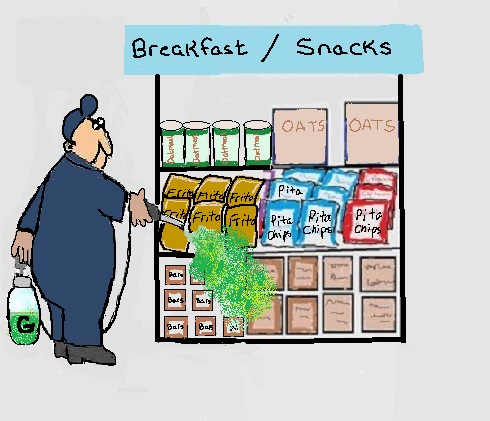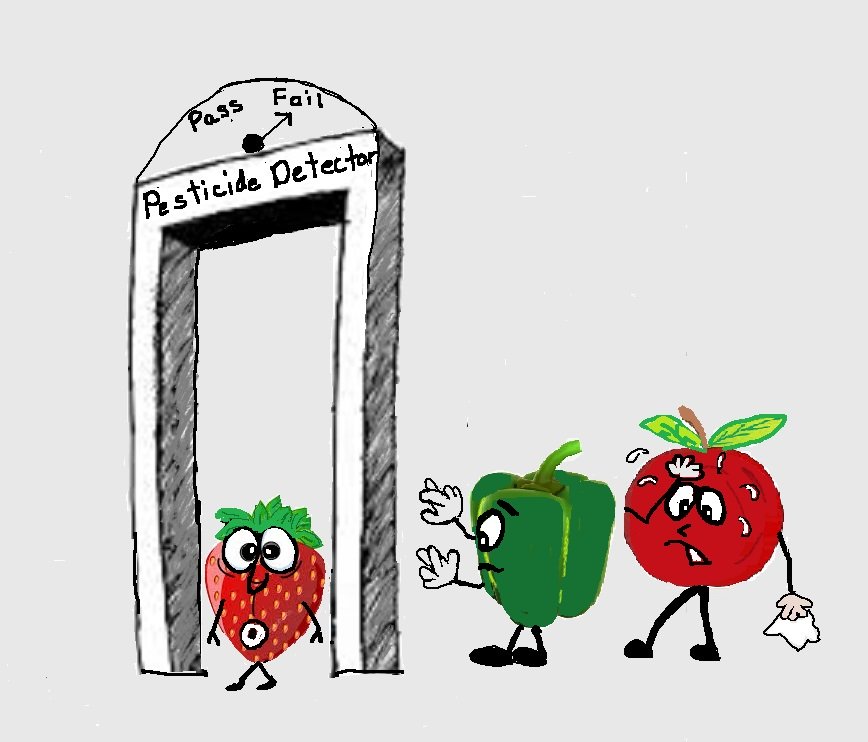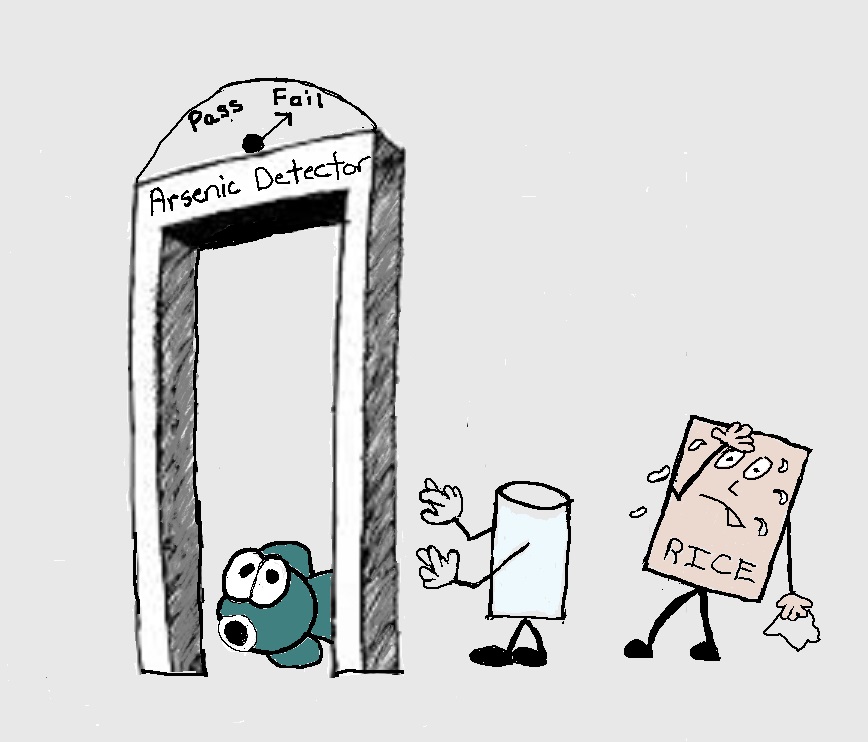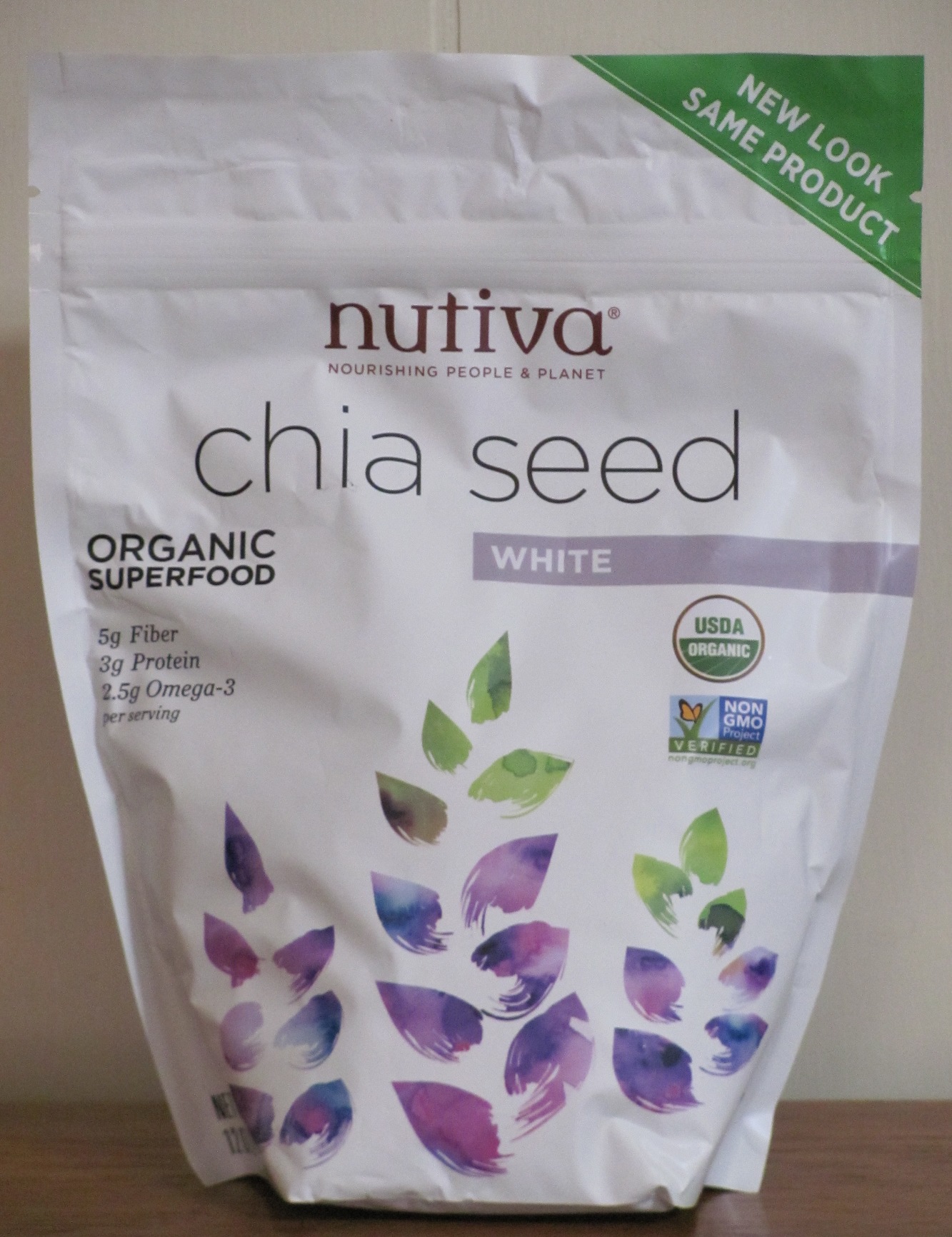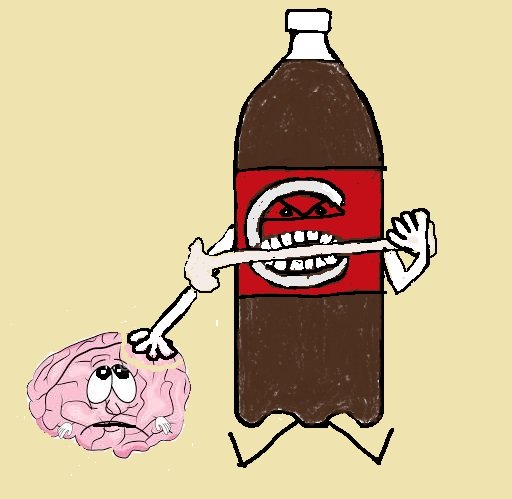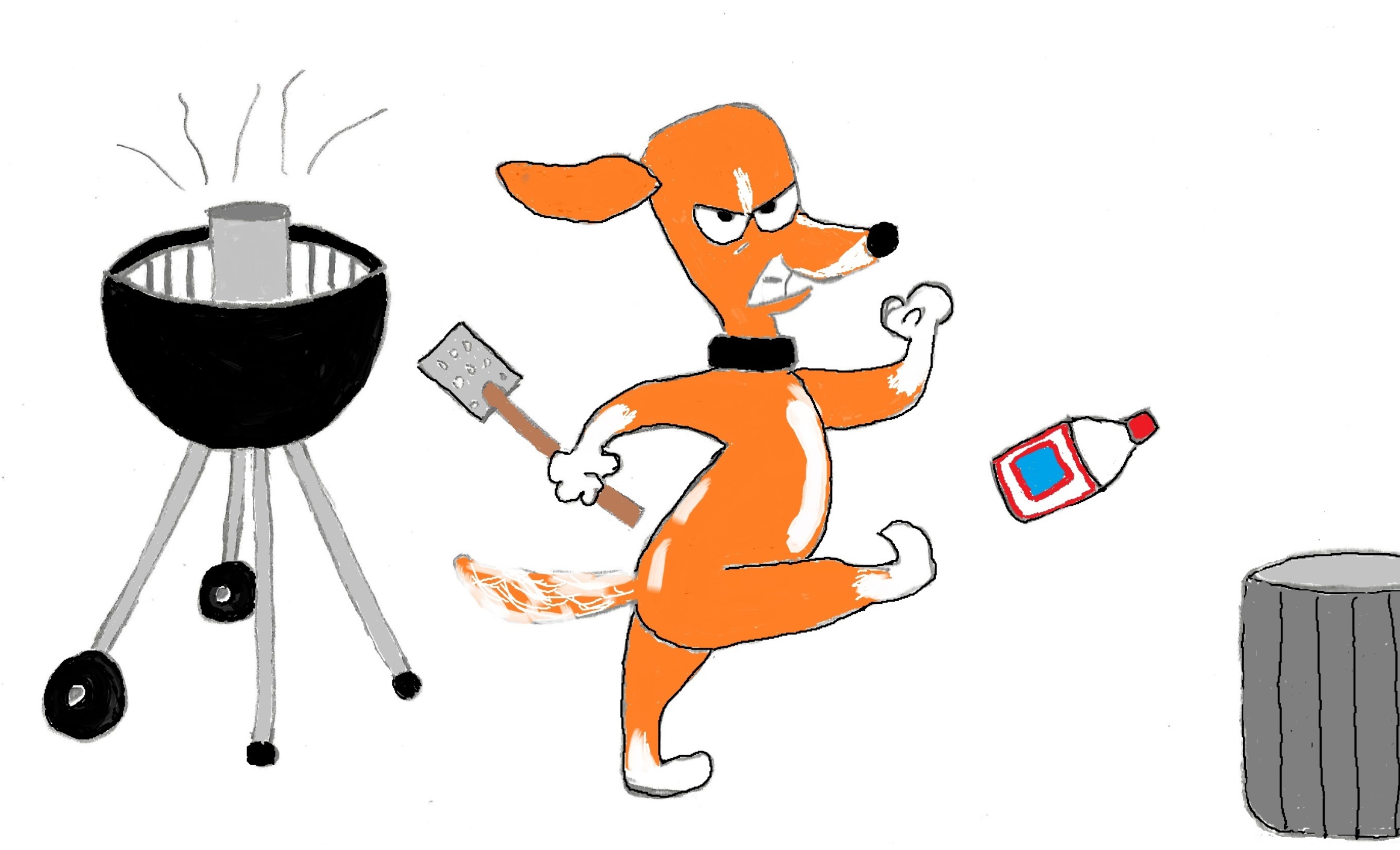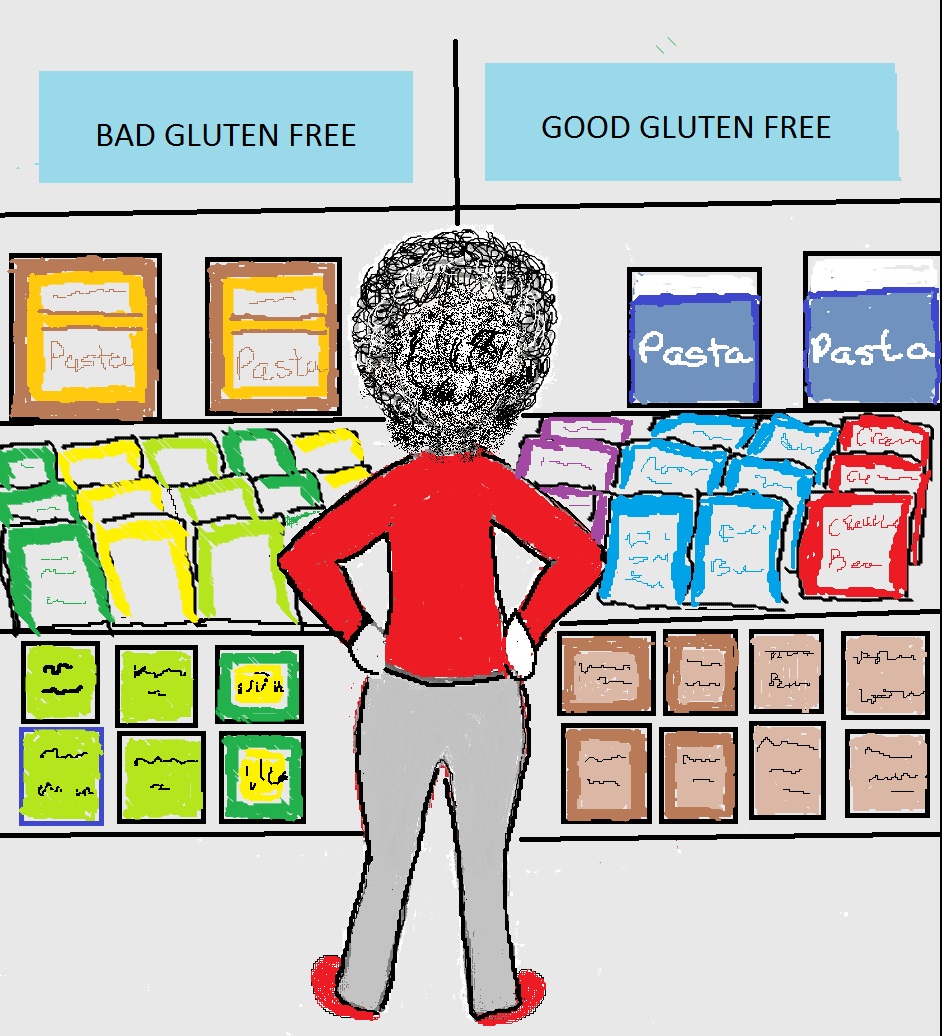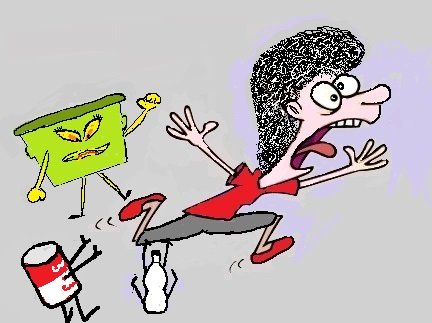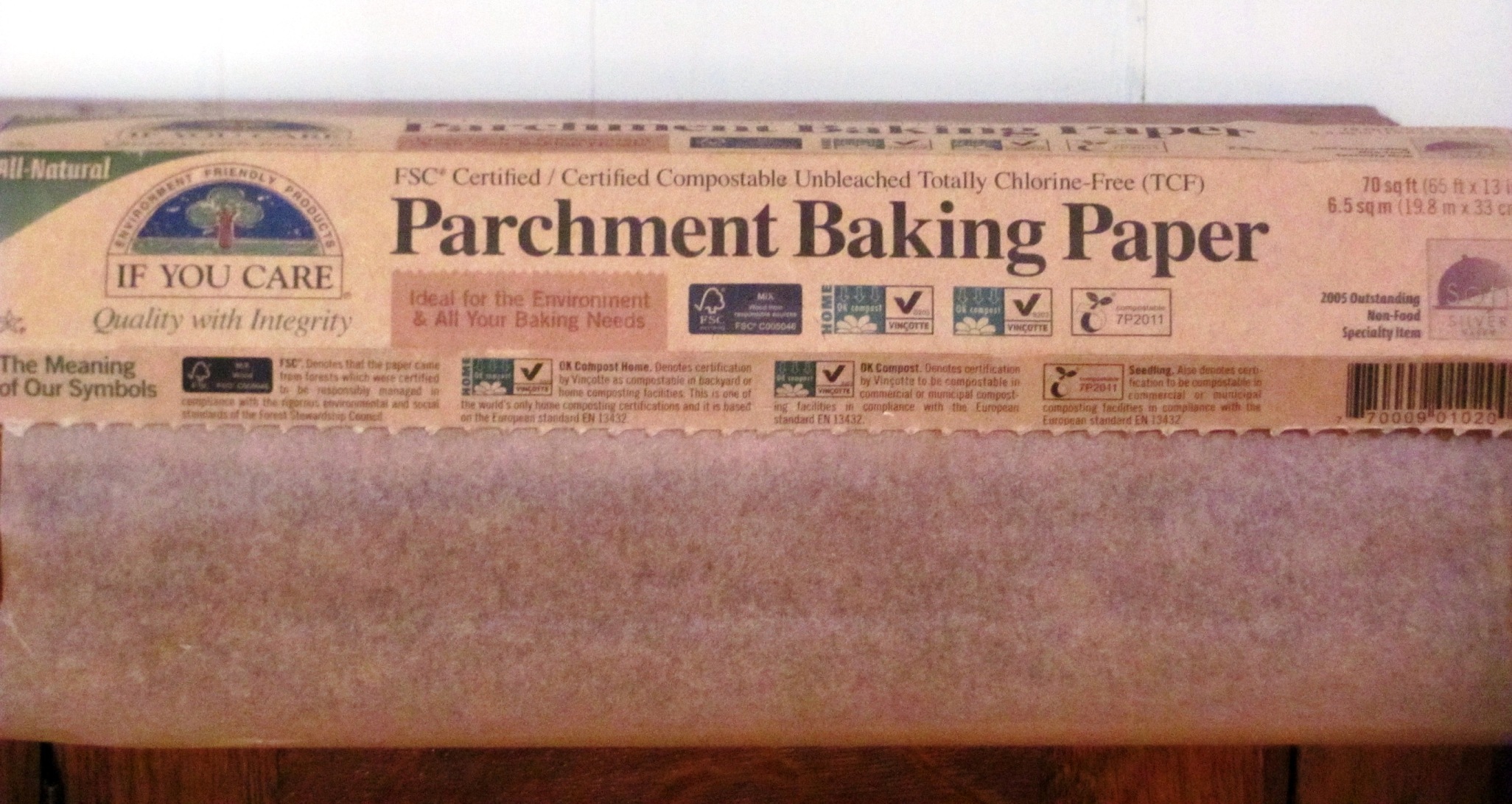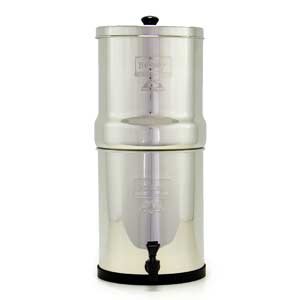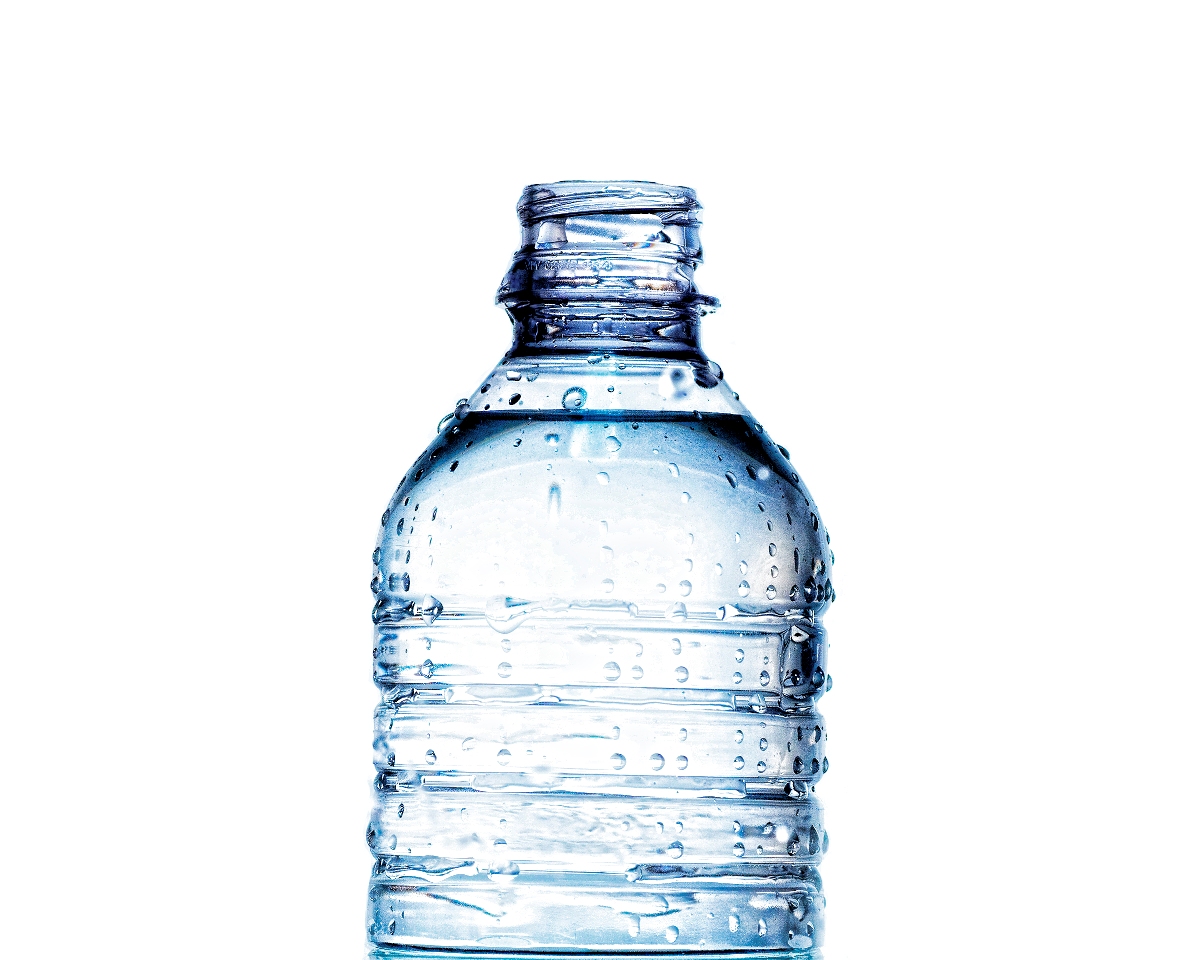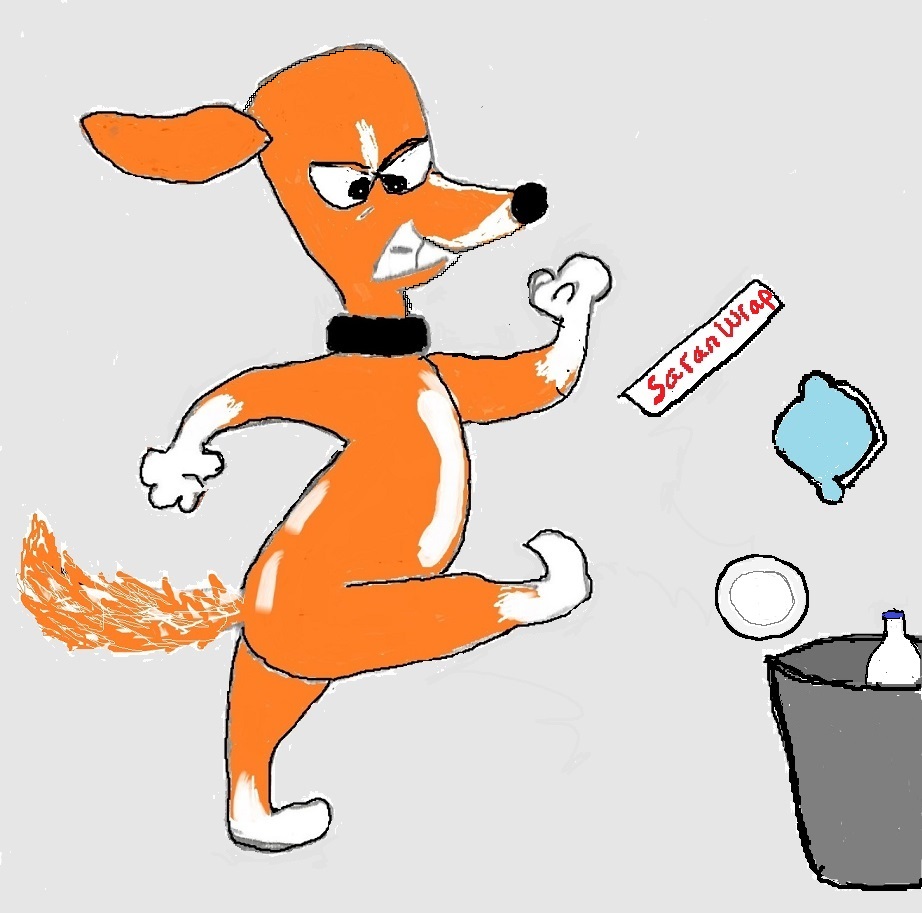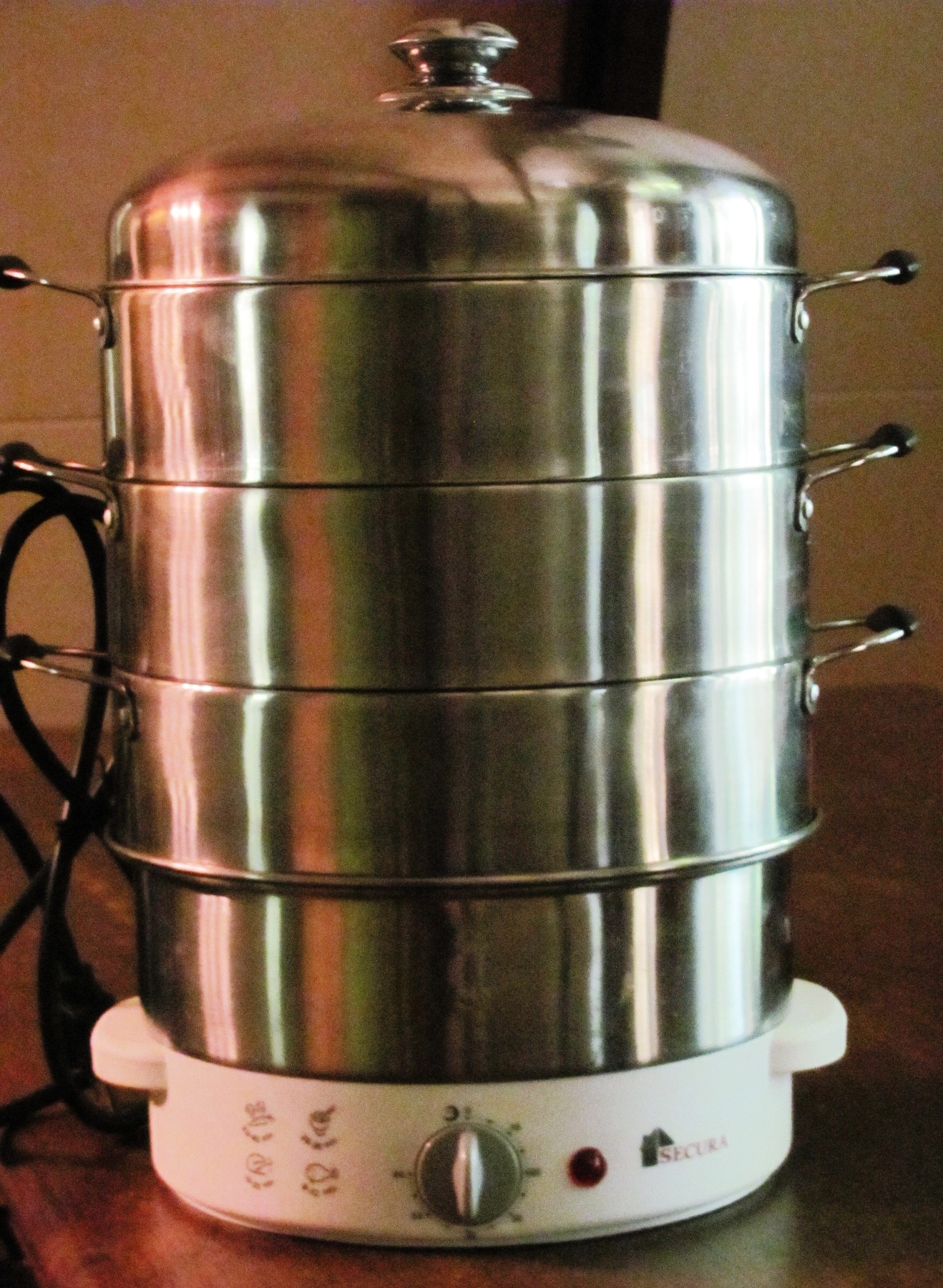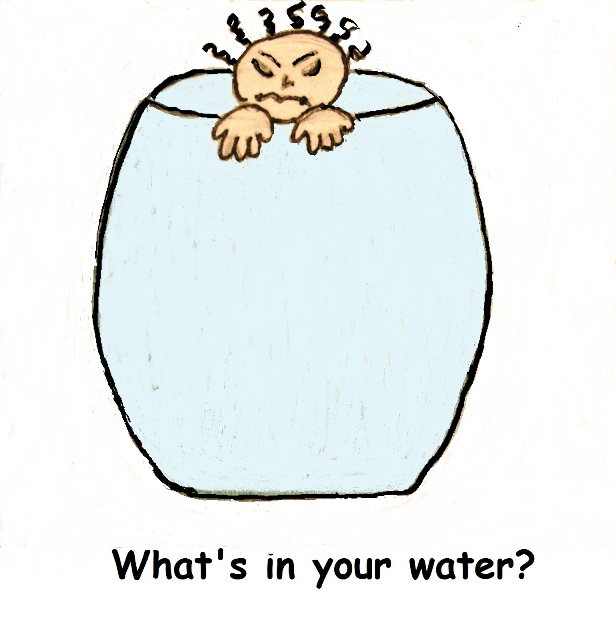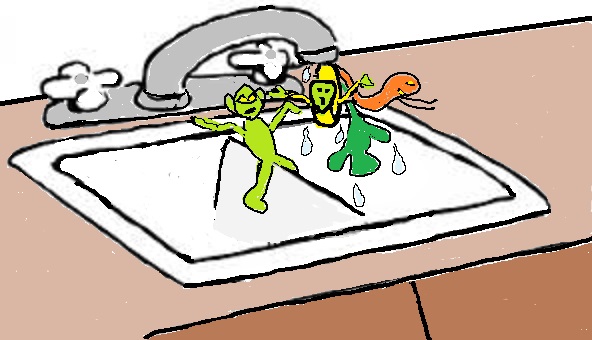- Home
- Toxic Chemicals in Food
Toxic Chemicals in Food
The toxic chemicals in food come from a variety of sources. That's why food is a major source of exposure to toxic chemicals.
Main Sources of Toxic Chemicals in Food
The main sources of toxic chemicals in food include:
- The pesticides used to grow your food
- Contaminants from growing, processing and cooking food
- Food packaging and storage containers
- The cookware you use to prepare food
- The nonstick and plastic components in small appliances
- Chemical contaminants in tap water
The
Pesticides on Your Food
Every year the USDA conducts sampling of produce and water to test for pesticide residues. In its most recent report it found pesticide residues on 53% of the produce tested. The samples were washed before they were tested. The FDA, which also does annual sampling, found pesticide residues on 63% of fruits sampled and 39% of vegetables tested.
Contaminants
From Growing, Raising And Processing Food
Some toxic chemicals are intentionally added to the food you eat, like preservatives and dyes. Some come from contaminants in soil and water, like arsenic in rice and mercury in fish. And some come from the processing of food.
Rice, especially brown rice usually contains high amounts of arsenic because it easily absorbs it from the water-logged soil it’s grown in. Brown rice in my opinion is not a non toxic food.
This arsenic found in rice is classified as a Group 1 carcinogen, and is known to cause skin liver, kidney, and bladder cancer.
Researchers have also found that it affects your gut health. Because when you ingest arsenic it harms your gut bacteria by killing off some of the good bacteria and increasing the bad.
Besides rice, brown rice syrup, rice milk and rice pasta are sources of exposure.
in the form of meat and dairy, that you eat. These fatty foods store toxic chemicals known as Persistent Organic Pollutants (POPs).
This name comes from the fact that these types of chemicals resist being broken down, either in your body or the environment. They also dissolve easily in fat.
POPs love to hang out in your body fat and the body fat of the animals you eat. When you eat animals, the POPs in their body fat become your POPs.
POPs can linger for years in your fat, giving them plenty of time to make you sick. And some POPs can trigger chronic inflammation in your body.
The
Toxic Chemicals in Food Packaging
Next time you’re at the grocery store consider how the food you’re buying is packaged. Most types of food packaging can transfer toxic into your food. Can linings, plastic food containers and stain resistant packaging are all sources of these chemicals.
Canned
Foods
Bisphenol A, or BPA is not just used to make plastics. It is also used to make epoxy coatings that line most of the 131 billion food and beverage cans made in the U.S. annually. We now know that BPA leaches out of these containers and causes a variety of health issues, including endocrine disruptioncancer and reproductive problems.
Even if some of your cans are labeled BPA free, they may not be any safer. Many BPA substitutes are found to be just as toxic as the original. For example, some cans are lined with polyvinyl chloride (PVC).
PVC is made with the carcinogen vinyl chloride and a slew of additives that may leach into your food, These include phthalates, organotins, lead, cadmium, chlorinated and brominated flame retardants, and even BPA.
Plastic
Food Packaging and Storage
Polyethylene terephthalate (PET) is the plastic of choice for condiments, salad dressings and a bunch of other food products. This was once considered a very stable and safe plastic. However, several studies conducted since 2007 are finding that PET is a source of endocrine disrupters, primarily antimony and phthalates.
Toxic chemicals easily leach from plastic into your food and water. And don’t forget about all those plastic jugs of water that you lug home from the store every week.
Food storage containers are made from polycarbonate and polycarbonate replacement plastics (aka BPA-free). Plastic wraps and bags are made from either polyvinyl chloride (#3 PVC) or low density polyethylene (LDPE, #4).
Studies have shown that plastic food and water storage containers, bags and wraps, even those considered BPA-free, release chemicals that can disrupt your endocrine system by messing with your hormones.
And how much leaches depends on temperature. Putting hot leftovers into a plastic container or heating things in the microwave in plastic are BIG NO NO’s. To learn more about the toxic dangers of plastic food packaging check out the following posts.
Stain Resistant Packaging
Some food packaging, such as microwave popcorn bags, are treated with chemicals called fluorotelomers. These chemicals are a part of a class of chemicals that are used to make things stain and stick resistant called perfluorinated compounds (PFCs).
Study after study found the breakdown products of fluorotelomers (PFOA and PFOS) migrate into food. Study after study has also found numerous health effects from exposure to PFOA and PFOS.
The Cookware and Small Appliances You Use
Toxic chemicals emitted from cookware come primarily from non-stick surfaces. Nonstick cookware contains perfluorinated compounds (PFCs), a class of chemicals that are used to make things stain and stick resistant. Studies have shown that significant amounts of PFCs are released under normal cooking temperatures from items that are nonstick.
These PFCs hang out in your body fat for years and are linked to cancer, liver, kidney and immune system damage, high cholesterol, hypothyroidism, obesity and reproductive problems.
Before it was banned in 2015 nonstick cookware, like Teflon, was made with PFOA (perfluorooctanoic acid). This has been replaced with PFBS, a chemically similar sister to PFOA. This probably breaks down into PFOA. In other words, the newer versions of PFCs that are replacing the older ones, are also hazardous to your health.
Silicone is another type of nonstick cookware that's becoming more popular. It's supposed to be stable, inert and able to withstand high temperatures.
However, the handful of studies conducted on it's safety found that at normal cooking temperatures chemicals migrate from silicone cookware into food.
Toxic chemicals emitted from small appliances come from two main sources: non-stick surfaces and plastic parts.
Non-stick - Non stick coatings (made with PFC’s), whether in cookware or small appliances, pose a health risk. Studies have shown that significant amounts of PFCs (in the form of PFOA) are released under normal cooking temperatures from items that are nonstick.
Plastic parts - The plastic components in small appliances are made with or include polycarbonate plastic, because it is strong and almost shatter-proof. But we know polycarbonate plastics contain BPA. Some appliances also include PVC so there is a potential for exposure to plasticizers, which are used to make PVC soft and flexible. Other types of plastics that may be in small appliances include polypropylene (PP), polystyrene (PS) and acrylonitrile butadiene styrene (ABS).
Toxic
Chemicals in Tap Water
What do pesticides, pills and PFCs have in common? They can all be found in your drinking water, whether it comes from a public water supplier or a private well.
And what do you get from the same sources all day every day? - Your drinking water. Which means, depending on what’s in your water, long-term exposure to some dangerous chemicals. And exposure to toxic chemicals in drinking water is linked to everything from cancer and diabetes to heart and thyroid disease.
Common contaminants found in your drinking water include microorganisms, nitrates and nitrites, arsenic, heavy metals, PFCs, and pesticides.
These toxic chemicals get in your drinking water from a bunch of different sources. Everything from manufacturing, fracking, farming and sewage treatment plants, to runoff from urban and suburban areas can impact water quality.
The process of cleaning up your water, which uses chlorine or chloramine, also creates toxins called disinfection byproducts. Cancer-causing nitrosamines are an example. The dirtier the source water the more disinfection products are formed.
